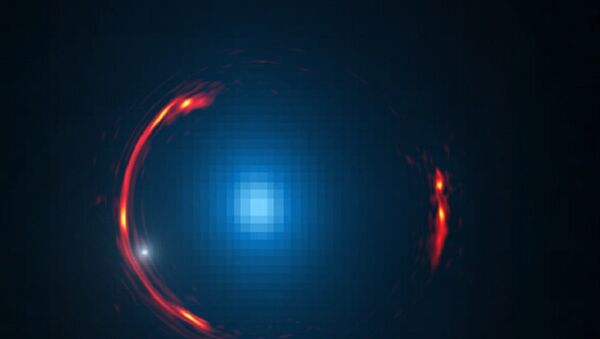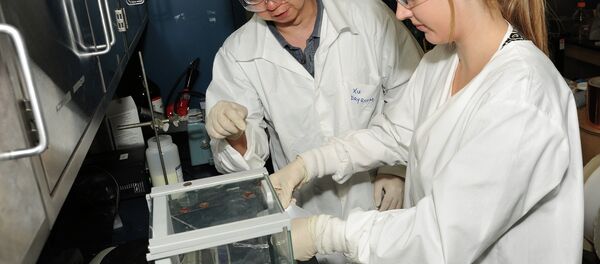Negative mass has nothing to do with disappointing Bioware RPGs, but rather was predicted by the work of general relativity physicist Hermann Bondi, who in 1957 published a paper that argued that negative mass was just as possible as negative electric charges. Although strange, there was no reason that negative mass could not exist because it did not violate the conservation of energy or momentum.
Consider Isaac Newton's famous formula: force equals mass times acceleration. Acceleration is always positive, so negative mass times positive acceleration means negative force acting on the object.
Some models of the universe explain the existence of phenomena like gravity and dark energy through the concept of negative mass. Wormholes, hypothetical tunnels in spacetime, may also exist through negative matter. Negative mass would carry negative energy, which could be used to create an Alcubierre warp drive, an engine which contracts space in front of it and expands space behind it to (theoretically) allow for travel far faster than the speed of light.
Maybe negative energy is the answer to some of our most burning questions about the universe. Maybe it's the key to a Star Trek-esque interstellar human empire. Two things are for sure: one, it's really weird; and two, Washington State University (WSU) physicists claim to have synthesized it.
The team was led by Michael Forbes, a WSU assistant professor of physics and astronomy. First, they synthesized a Bose-Einstein condensate (BEC), a form of matter that is created by cooling a low density gas to ultra-low temperatures. BECs are superfluids, meaning that they behave like ordinary liquids except that when stirred, they never stop moving. BECs have many strange properties and are key in the creation of other exotic forms of matter.
The BEC was created from rubidium atoms, and was then trapped in a web of lasers. A second set of lasers then agitated the BEC, causing it to rush out of the web as though it had negative mass. "Once you push, it accelerates backwards," said Forbes in a statement. "It looks like the rubidium hits an invisible wall."
Previous experiments to create negative mass in laboratory conditions have been attempted, but typically hit stumbling blocks. Forbes says that the WSU experiment was unique because of "the exquisite control we have over the nature of this negative mass, without any other complications" that the team accomplished.
The WSU team published their findings in the journal Physical Review Letters. "It provides another environment to study a fundamental phenomenon that is very peculiar," said Forbes.
Speaking to Newsweek, Forbes said that the experiment is a valuable leap in understanding strange, difficult-to-understand galactic events. "For example, I am interested in understanding what happens in neutron stars — some of the densest objects in the universe — but these are so far away that we cannot visit them [nor would we want to as we would be ripped apart!] and the matter is so dense, we cannot make it on Earth.
"It turns out, however, that the physics inside the neutron stars can be quite accurately simulated in cold atom experiments. Thus, we are able to test our theories on the cold atom systems where we can compare with experiment, and then apply the results to neutron stars."
Although the experiment is an exciting first step, not everyone is sold on it helping us answer fundamental questions about the universe. Martin McCall, a professor of theoretical optics at Imperial College London, praised the WSU team for the successful synthesis, but told The Guardian that he doubts it will have practical applications.





